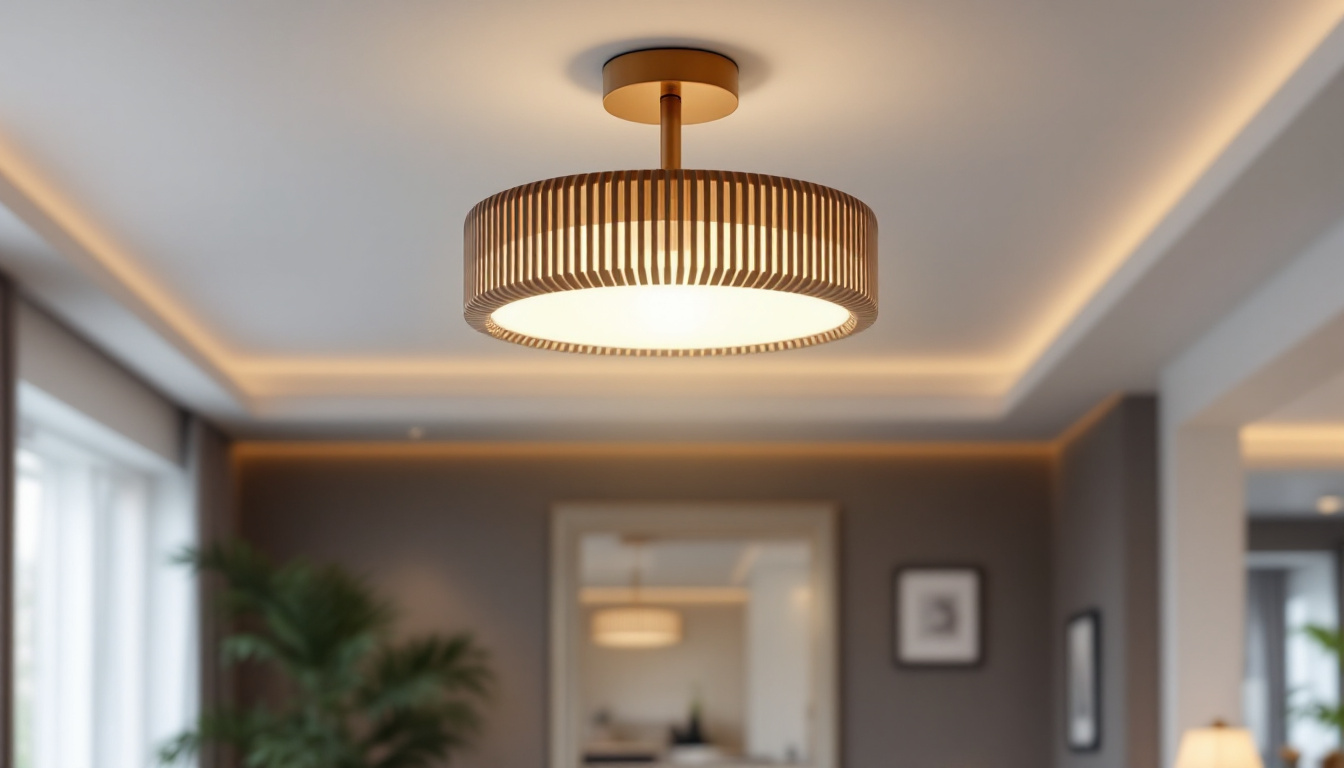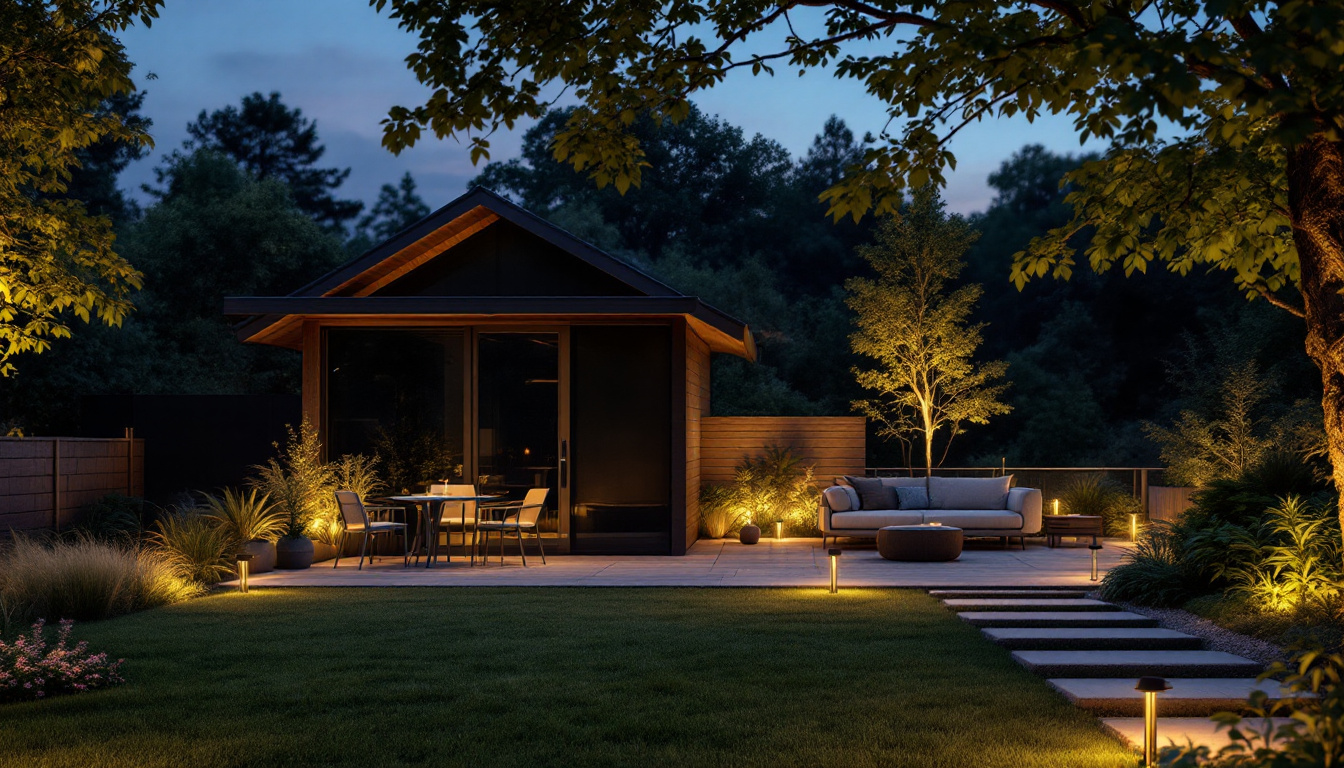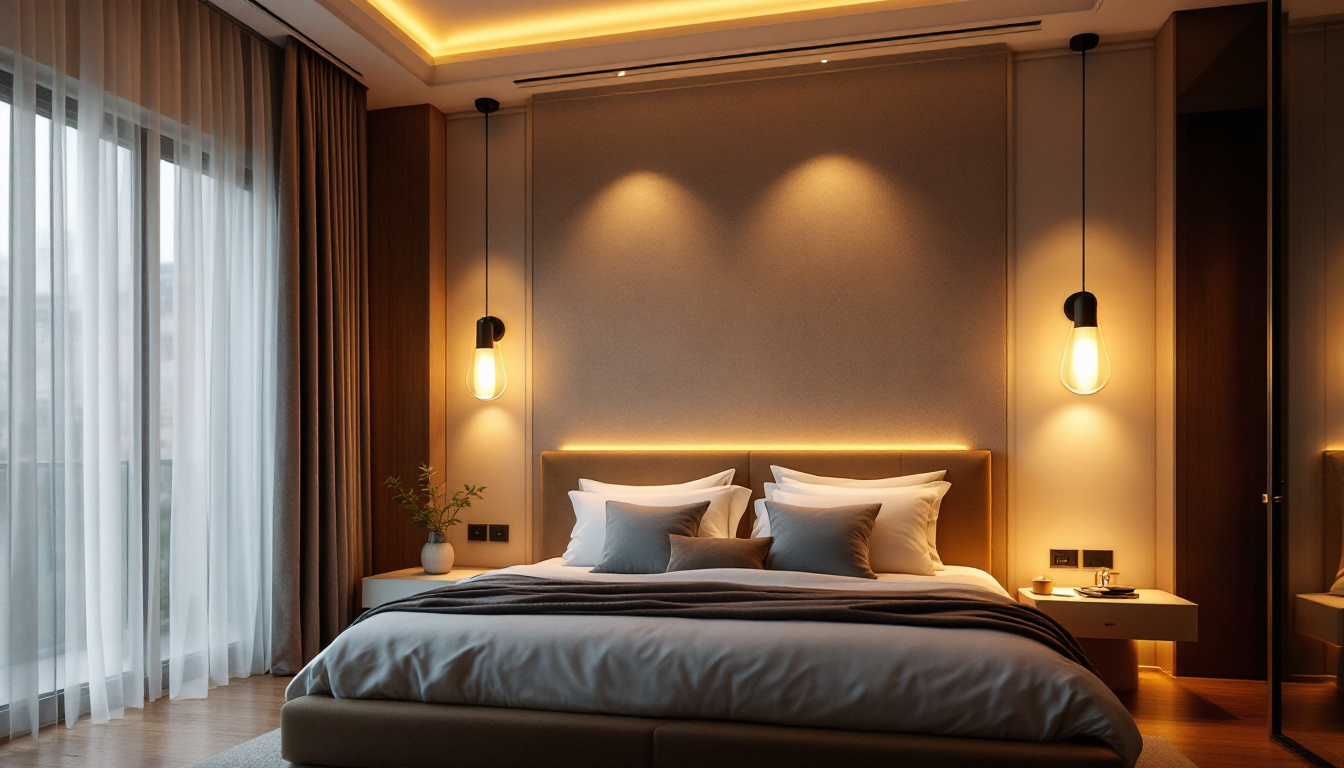

As the world of interior design continues to evolve, modern ceiling light fixtures have become an essential element for creating both functional and aesthetic appeal in spaces. For lighting contractors, understanding the nuances of these fixtures is crucial to delivering exceptional results for clients. This article delves into the key points that lighting contractors should consider when working with modern ceiling light fixtures.
Modern ceiling light fixtures encompass a wide range of styles, designs, and technologies that cater to various needs and preferences. From minimalist designs to intricate patterns, these fixtures can significantly influence the atmosphere of a room. The right lighting can transform a space, highlighting architectural features or creating a cozy ambiance that invites relaxation and comfort.
Lighting contractors must familiarize themselves with the different types of modern ceiling fixtures available on the market, as well as their specific applications. This knowledge will not only help in selecting the right fixture but also in advising clients on the best options for their spaces. Understanding the nuances of light temperature, intensity, and distribution is crucial in ensuring that the chosen fixtures meet both aesthetic and functional requirements.
There are several categories of modern ceiling light fixtures, each serving distinct purposes. The most common types include flush mounts, pendant lights, chandeliers, and track lighting. Each type offers unique advantages depending on the room’s layout and intended use.
flush mount fixtures are ideal for rooms with low ceilings, providing a sleek look without sacrificing illumination. They often come in a variety of designs, from simple and understated to more elaborate styles that can serve as focal points. Pendant lights, on the other hand, can add a touch of elegance and are often used in dining areas or kitchens. Their adjustable heights allow for creative arrangements, making them perfect for creating visual interest. Chandeliers serve as statement pieces, often becoming the centerpiece of a room, while track lighting offers versatility in directing light to specific areas, making it a popular choice in galleries and workspaces.
Staying updated with the latest design trends is essential for lighting contractors. Currently, there is a growing preference for fixtures that combine functionality with artistic design. Geometric shapes, mixed materials, and bold colors are becoming increasingly popular. These trends reflect a shift towards personalized spaces where lighting is not just a necessity but a key element of interior design.
Moreover, the trend toward sustainable and energy-efficient lighting solutions is shaping the market. Many modern fixtures now incorporate LED technology, which not only reduces energy consumption but also enhances the lifespan of the product. This shift is not just about saving energy; it also aligns with a broader commitment to environmental responsibility. As consumers become more conscious of their ecological footprint, the demand for fixtures that blend style with sustainability continues to rise. Additionally, smart lighting solutions are gaining traction, allowing users to control their lighting through apps or voice commands, further enhancing the convenience and adaptability of modern ceiling light fixtures.
The installation of modern ceiling light fixtures requires careful planning and execution. Lighting contractors must consider factors such as the weight of the fixture, the type of ceiling, and the electrical requirements.
When dealing with heavier fixtures, ensuring that the ceiling can support the weight is paramount. Additionally, understanding the electrical load and ensuring that the wiring is up to code will prevent future complications.
Different ceiling fixtures come with varying weights, and it’s crucial to assess the structural integrity of the ceiling before installation. For heavier chandeliers or large pendant lights, using a ceiling support brace may be necessary to provide adequate support.
Contractors should also be aware of the mounting options available for different fixtures, as some may require specific hardware or installation techniques to ensure safety and stability. For instance, certain fixtures may necessitate the use of toggle bolts or anchors, particularly in drywall ceilings, to distribute the weight evenly and prevent sagging over time. Additionally, it’s important to consider the aesthetic aspects of the installation; ensuring that the fixture hangs at the right height not only enhances the visual appeal but also maximizes the effectiveness of the light output.
Modern ceiling light fixtures often come with specific electrical requirements that must be adhered to during installation. This includes understanding the voltage and wattage ratings, as well as any dimming capabilities the fixture may have.
Contractors should also consider the placement of switches and dimmers to enhance the functionality of the lighting. Proper planning in this regard can lead to a more user-friendly experience for clients. Moreover, with the rise of smart home technology, integrating smart switches and compatible fixtures can provide added convenience and energy efficiency. It is essential to ensure that the existing wiring can accommodate these advanced features, and if necessary, upgrading the circuit can prevent overload and ensure optimal performance. Additionally, educating clients on how to operate these smart systems can greatly enhance their satisfaction and engagement with their new lighting setup.
As the demand for energy-efficient solutions increases, lighting contractors must prioritize sustainability in their projects. Modern ceiling light fixtures often feature LED technology, which offers significant advantages over traditional incandescent bulbs.
LED fixtures consume less energy, have a longer lifespan, and produce less heat, making them a more sustainable choice. Contractors should educate clients on the benefits of these fixtures, not only for their energy savings but also for their environmental impact.
When selecting bulbs for modern ceiling light fixtures, contractors should consider factors such as brightness, color temperature, and energy efficiency ratings. The right bulb can enhance the overall aesthetic and functionality of the fixture.
For example, warmer color temperatures create a cozy atmosphere, while cooler temperatures can make spaces feel more vibrant and energetic. Understanding these nuances will help contractors make informed recommendations to clients.
As part of a commitment to sustainability, lighting contractors should also be aware of proper recycling and disposal methods for old fixtures and bulbs. Many localities have specific regulations regarding the disposal of electronic waste, and being knowledgeable about these can enhance a contractor’s reputation.
Encouraging clients to recycle their old fixtures not only helps the environment but also promotes a culture of sustainability within the community.
Effective communication with clients is vital for lighting contractors. Understanding the client’s vision and requirements can lead to more successful project outcomes. During consultations, contractors should ask open-ended questions to gauge the client’s preferences and needs.
Customization is often key to achieving the desired look and functionality. Many modern ceiling light fixtures come in various finishes, sizes, and styles, allowing for personalization that aligns with the client’s aesthetic.
Taking the time to understand the specific needs of clients can lead to tailored solutions that enhance their spaces. Factors such as room size, existing decor, and intended use of the space should all be considered when recommending fixtures.
Additionally, discussing the client’s budget and timeline is crucial for setting realistic expectations and ensuring satisfaction with the final outcome.
Lighting contractors can elevate their service by offering design suggestions that complement the client’s vision. This could involve recommending fixtures that align with current design trends or suggesting combinations of different types of fixtures for layered lighting effects.
By showcasing a range of options and providing expert advice, contractors can build trust and rapport with clients, ultimately leading to repeat business and referrals.
Once modern ceiling light fixtures are installed, maintenance becomes an important aspect of ensuring their longevity and performance. Contractors should educate clients on how to care for their fixtures to keep them looking and functioning at their best.
Regular cleaning, checking for loose connections, and replacing bulbs as needed are essential practices that can prolong the life of the fixtures. Providing clients with a maintenance schedule can be a valuable service that sets a contractor apart from competitors.
Cleaning methods vary depending on the materials used in the fixtures. For example, glass and metal fixtures may require different cleaning solutions and techniques. Contractors should provide clients with specific instructions tailored to their chosen fixtures.
Additionally, advising clients on the importance of avoiding harsh chemicals that could damage finishes can help maintain the aesthetic appeal of the fixtures over time.
Contractors should also be prepared to address common issues that may arise with ceiling light fixtures. This includes flickering lights, buzzing sounds, or dimming performance. Understanding the potential causes of these issues can help contractors provide quick and effective solutions.
By being proactive in addressing maintenance concerns, contractors can enhance client satisfaction and build a reputation for reliability and expertise.
Modern ceiling light fixtures play a crucial role in the overall design and functionality of spaces. For lighting contractors, understanding the various types of fixtures, installation considerations, energy efficiency, client consultation, and maintenance practices is essential for success in the industry.
By staying informed about design trends and technological advancements, contractors can offer valuable insights to clients, ensuring that their lighting choices enhance the beauty and functionality of their spaces.
Ultimately, the ability to navigate the complexities of modern ceiling light fixtures will position lighting contractors as trusted experts in their field, paving the way for continued growth and success in their business.
Ready to elevate your lighting projects with the latest modern ceiling light fixtures? At LumenWholesale, we provide lighting contractors like you with the highest quality, spec-grade lighting products at prices that can’t be beaten. Say goodbye to local distributor markups and hello to our extensive selection that meets rigorous industry standards. With our commitment to quality, affordability, and convenience, you’ll find everything you need to impress your clients and illuminate their spaces beautifully. Take advantage of our hassle-free bulk buying and free shipping today. Visit LumenWholesale for Wholesale Lighting at the Best Value and make your next project shine!

Discover why purchasing recessed lighting in bulk from local distributors might not be the best decision.

Discover how a warehouse lighting calculator can revolutionize your lighting solutions, enhancing efficiency and safety.

Discover essential tips and innovative strategies for lighting contractors to effectively implement solar lighting solutions in outdoor spaces.

Discover expert tips for lighting contractors to seamlessly install bedroom flush mount lighting.
Get notified when NEW deals are released.
Optimize your budget with wholesale discounts.
Only top-quality, specification-grade lighting products.
No additional costs at checkout - what you see is what you pay.
We understand the unique needs of contractors.